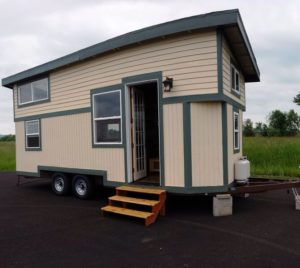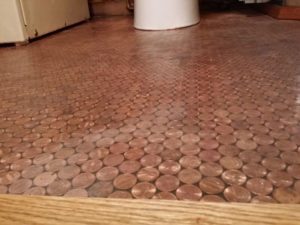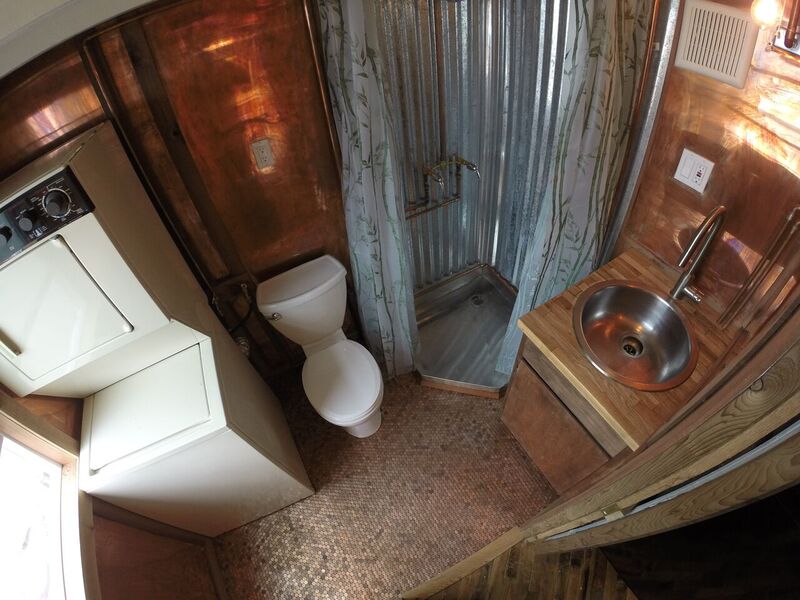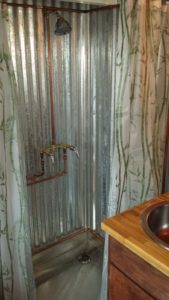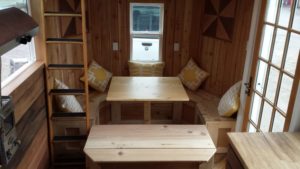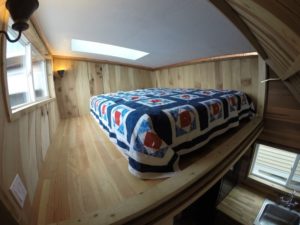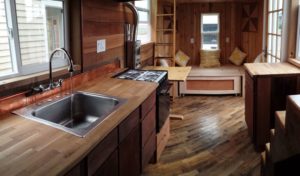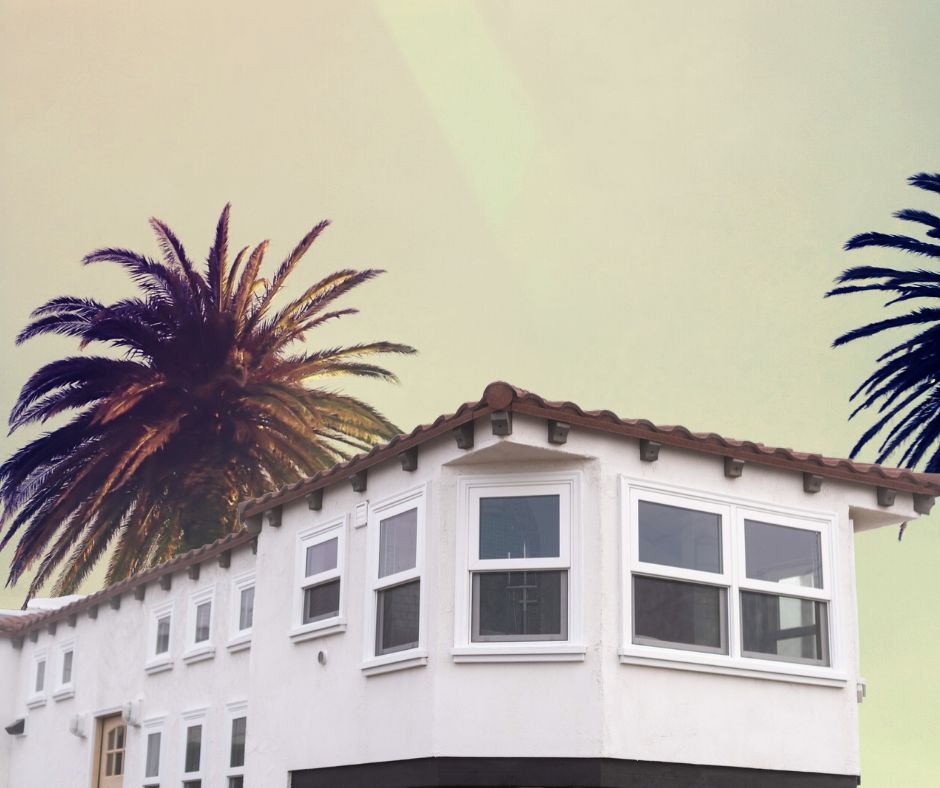It’s our pleasure to bring you this guest blog by Flat Tail Brewery owner and Highway to Health organizer, David Marliave.
When most people think of a motorcycle ride, they think of an afternoon jaunt through some hilly back country…Maybe a Sunday afternoon spent cruising through wide open farmland, or an early morning trip out to the coast and back. Most though, wouldn’t consider a 1,009 mile epic down I-5, crossing the majority of one state and the entirety of another with barely a curve from start to finish. Good thing I’m not most people.
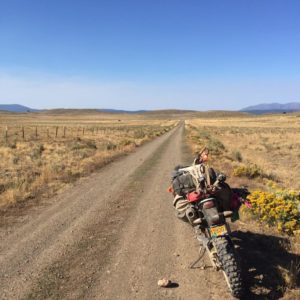
I’ve been riding motorcycles since my 18th birthday, and while I manage to incorporate my passion for riding with nearly every aspect of my life, it didn’t immediately occur to me to link my interest in starting a charitable campaign with my love of all things “two-wheeled.” During the summer of 2016, however, the beginnings of a project began to take shape. All I had was the “why,” but at the time the “what, who, when, where, and how” seemed like minor inconveniences at most. I wanted to raise money for something worthwhile, and I wanted to ride my bike to accomplish that. Everything else was ancillary.
Meanwhile, our California market had me riding between Corvallis and San Diego fairly regularly for business events, and after a few trips I thought to myself, “Could I do this ride in a day…?”. So on a remarkably favorable November 14th, I rode from Corvallis, OR to San Diego, CA in 16.5 hours. It hurt… a lot. More importantly though, it made me realize I was capable of doing something most folks wouldn’t ever dream of attempting on a bike. I was stoked, to say the least. I was also filled with a newfound thirst for endurance touring. How far could I go?

A few days later back at the bar, I was chatting with one of our many regulars and sharing this new fire for long distance touring. That’s when it happened.
“Why don’t you turn this crazy ride of yours into a charity?”
“Well…Why DON’T I?!”
Convincing donors to fork over their hard earned cash is hard, and an afternoon joy ride isn’t going to earn the big bucks. However, proposing a motorcycle marathon (or as its officially known, an “Iron Butt” – real thing, I swear) might just do it.
So there I had it: the “how.” Now, I needed the “who.” Enter Angelo DeIso, long time friend of mine and fan of craft brewing. Angelo founded the BrewPublic blog years ago, and as I knew I would need a media partner, I reached out to see if he was interested. Turns out, he was. Angelo asked who I planned on raising money for, and while I had thrown a few ideas around, nothing had really grabbed me yet.
A few years prior to the start of the Highway to Health, Angelo was diagnosed with a Glioblastoma brain tumor. Since being diagnosed, he has become a champion for brain tumor research and awareness. Angelo was keen on making my prodigal fundraiser a National Brain Tumor Society event, and it seemed like the perfect fit to me.

So there it was. I had all of the proverbial stepping stones in place for a successful fundraiser. All that was left was… well, sitting at the bar and making phone calls, pretty much. It’s amazing what you can do when you just decide to do it. The Highway to Health fundraiser raised $8,300 in its first year, all of which was procured via phone call or email to friends and associates in the brewing and motorcycling industry. There was no fundraising team, no phone bank, no marketing budget. Just a guy sitting at the bar, pint in hand, making some phone calls.
Fast forward to year two. I had plans to make this year bigger and better than the first in every way possible. Life, unfortunately, had other plans. When our Northern Oregon distribution partner decided to sell out to the largest distributor on the west coast, my life became significantly less relaxed. Suddenly I was plunged into a day in day out battle for my own distribution rights, and focusing on a fundraiser while trying to stay in business was more than a bit inconvenient. Thankfully though, I was able to fall back and count on the community to pick up the slack.
The number of people that simply overheard me talking about my project at the bar or on social media and ended up donating was unbelievable. Nathan and Shana of Tiny SMART House were two of those people. Flat Tail is often referred to as the Tiny SMART House satellite office. Shana and Nathan are big fans of our sour beer (and scotch) and the dart room may as well be referred to as “their office away from their office.” When I mentioned my fundraiser to Shana, she lit up and immediately started thinking about how they could help make the project even better than it already was. Cash is great when it comes to fundraisers, but what was even more valuable than there insanely generous $500 donation, was their willingness – neigh, exuberance – to help spread the word and become true partners in this project.
While this year’s unexpected ups and downs may have gotten in the way of realizing the Highway’s fullest potential, thanks to our incredible donor partners, we still managed to knock it out of the park and raise over $10,000 for the NBTS in year two. What’s even more important though is the foundation and framework that has been built for upcoming years. For the first time I feel like I’m part of a team and not just some guy with a back yard charity. That realization brought me a lot of clarity and confidence on this years ride, but more than that, it made me excited and hopeful for the next.

